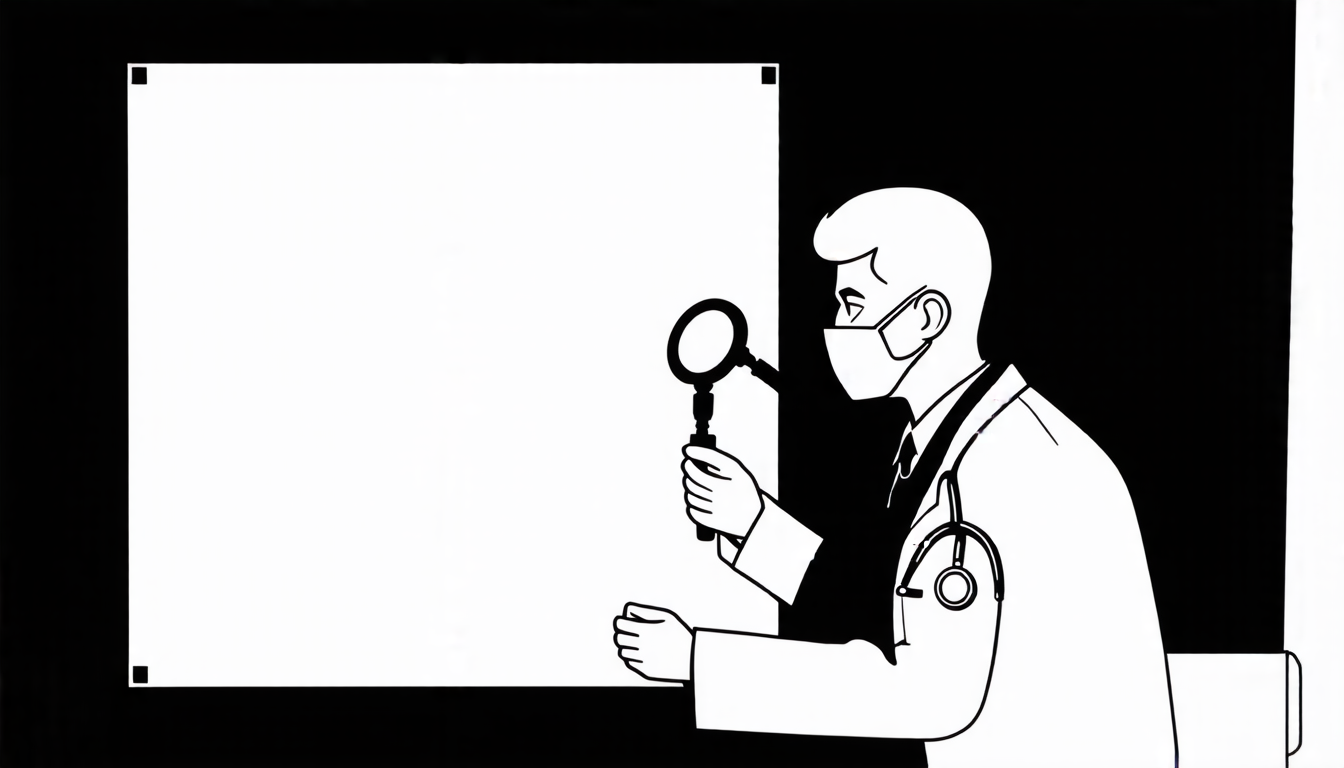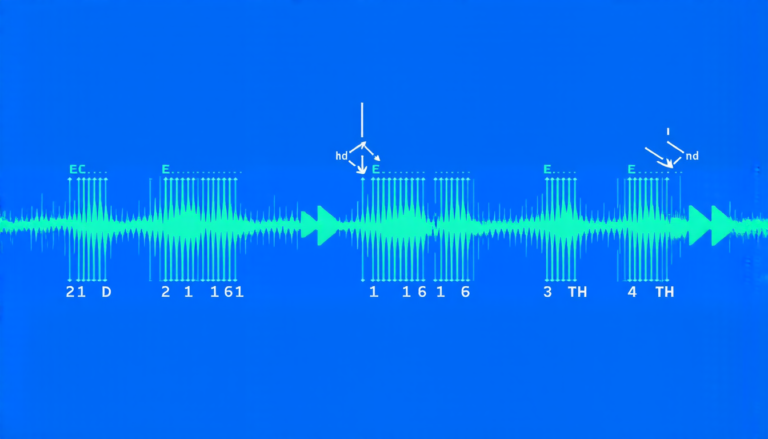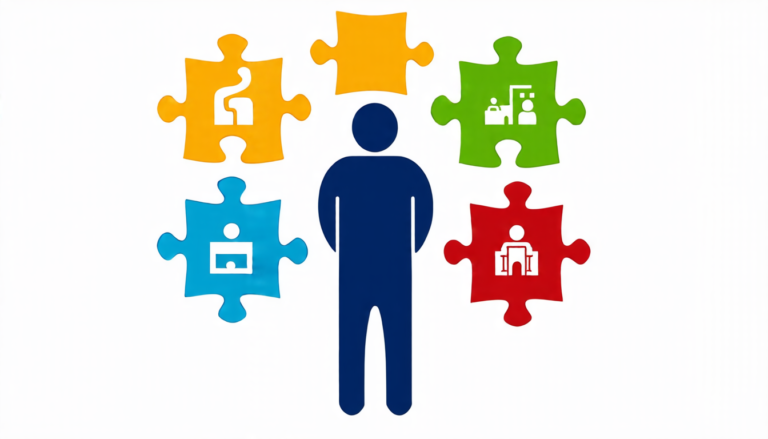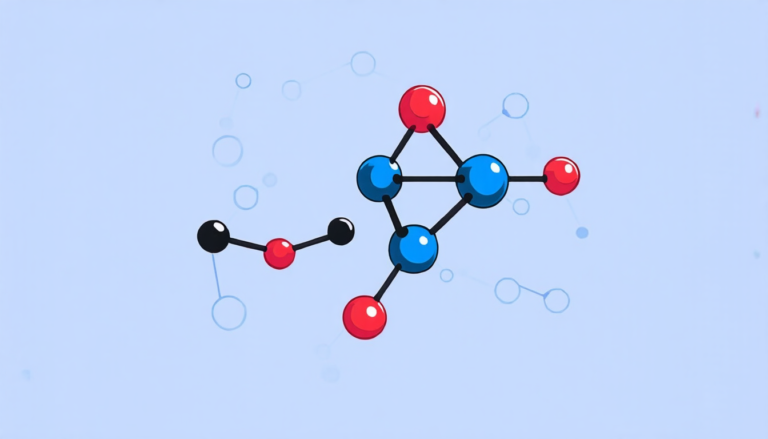Saturday 12 April 2025
Scientists have made a significant breakthrough in the field of artificial intelligence, developing a new type of model that can generate high-quality images and understand visual information at the same time. This achievement has the potential to revolutionize various industries, from healthcare to entertainment.
The new model, called UniFluid, uses a unique approach to process both visual and textual data simultaneously. Unlike previous models, which were designed for either image generation or understanding, UniFluid can seamlessly switch between these tasks. This allows it to generate images that are not only visually appealing but also accurately represent the information they convey.
UniFluid’s architecture is based on a continuous visual token representation, which enables the model to learn and generate complex patterns in images. The model consists of two main components: a text-to-image generator and an image understanding module. The generator uses a novel autoregressive framework to produce high-resolution images from textual descriptions, while the understanding module employs a unified visual language processing approach to analyze visual data.
One of the key advantages of UniFluid is its ability to learn from large-scale datasets without requiring explicit annotations for image understanding tasks. This makes it an attractive solution for applications where annotating data is time-consuming or impractical. Additionally, the model can be fine-tuned for specific tasks by adjusting a single hyperparameter, allowing developers to adapt it to various domains.
UniFluid has been tested on several benchmark datasets and has demonstrated competitive performance with state-of-the-art models in both image generation and understanding tasks. For example, it achieved comparable results to leading models on the popular Microsoft COCO dataset, which is widely used for object detection and segmentation tasks.
The potential applications of UniFluid are vast and diverse. In healthcare, it could be used to generate realistic medical images from patient descriptions, allowing doctors to diagnose conditions more accurately. In entertainment, it could create stunning visuals for movies and video games, revolutionizing the way we experience interactive media. Even in education, UniFluid could help students learn complex concepts by generating interactive 3D models that illustrate difficult topics.
While there are still many challenges to overcome before UniFluid can be widely adopted, this breakthrough has opened up new possibilities for artificial intelligence research and development. As scientists continue to refine the model and explore its potential applications, we can expect to see significant advancements in various fields and a deeper understanding of how AI can benefit society as a whole.
Cite this article: “Breaking the Mold: Unified Vision-Language Models Achieve State-of-the-Art Performance in Multimodal Generation and Understanding”, The Science Archive, 2025.
Artificial Intelligence, Image Generation, Visual Understanding, Unifluid Model, Text-To-Image Generator, Image Understanding Module, Autonomous Vehicles, Healthcare, Entertainment, Education







